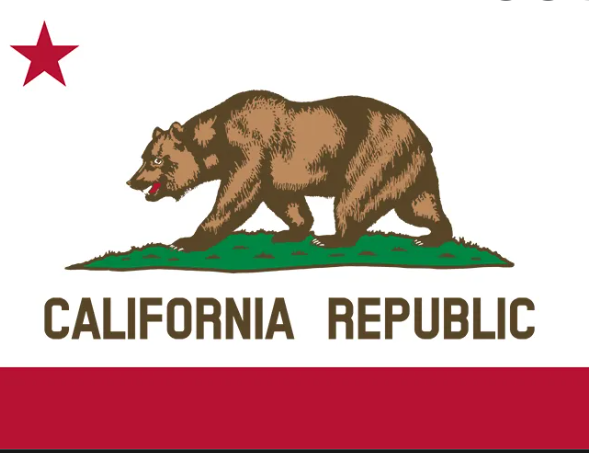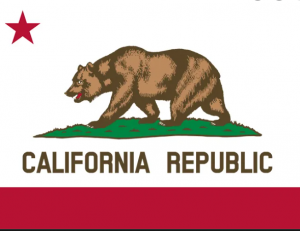Join Our Telegram channel to stay up to date on breaking news coverage
In a significant activity in the state’s battle against climate transformation, California, the most extensive state and the heart of American auto culture, would restrict the sale of fresh Internal Combustion Engine Cars By 2035.
The law, which the California Air Resources Board unveiled on Thursday, will oblige companies to quicken the production of cleaner cars, pickup trucks, and SUVs beginning in 2026 until the state solely permits sales of zero-emission vehicles.
The transportation industry is the primary emitter of greenhouse gases in California
After Governor Gavin Newsom announced a goal for 2020 to hasten the transition away from internal combustion engines, the vote was unanimous. The transportation industry is the primary emitter of greenhouse gases in California, which has seen unprecedented droughts, wildfires, and poor air quality as a result of climate change.
The decision is expected to have broad repercussions outside of California and will presumably open the way for other states to follow similarly. California’s vehicle standards, which took the place of prior clean-car regulations, have received approval from at least 15 states, including Pennsylvania, New Jersey, and New York.
The regulation will cut vehicle and light truck pollution upto 50% by 2040, as per Liane Randolph, chair of the CARB (California Air Resources Board), making it one of the state’s greatest and most significant air-cleansing initiatives to date.
The law won’t prevent people from buying used gas automobiles and reselling them after 2035 or from continuing to drive gas-powered vehicles. The bill would also let automakers to offer up to 20% of plug-in hybrids that are powered by gas by 2035.
However, the law gradually phases out all these vehicles, mandating that by 2026, 35% of all fresh vehicle sales must be battery- or hydrogen-powered, and by 2030, 68%. The state reported that in 2022, more than 16% of new automobiles sold in California were zero-emissions vehicles, up from 12.41% in 2021 and 7.78% in 2020.
“California is once more taking the initiative by enacting rational legislation that will gradually convert to sales including all zero-polluting automobiles within the state,” asserts Kathy Harris, a proponent of clean vehicles at the Natural Resources Defense Council.
Impact of Trump administration vs Biden administration
California has a lot of influence over the nation’s auto sector; it is home to clogged roads and the smoggy skies over Los Angeles.
A federal waiver granted under the Clean Air Act enables the state to implement fuel efficiency rules that are more stringent than those set by the federal government, and it has established the benchmark for how to reduce car emissions across the nation.
The power of California to regulate automobile emissions has sparked technologies such as “check engine” lights and catalytic converters, which transform hazardous gases and pollutants in exhaust gas into less-toxic pollutants. In 1966, the state implemented the first tailpipe pollution regulations in the country.
California’s ability to control its own air quality was removed by the Trump administration in 2019, but it was reinstated by the Biden administration at the start of this year.
The rule, according to state officials, is essential to achieving the state’s goal of switching to 100% renewable energy by 2045. They also noted that the decrease in emissions that would result would reduce the number of cardiopulmonary deaths and improve the health of people with asthma and other illnesses.
The installation of sufficient charging stations throughout the state and having adequate access to the materials required to manufacture electric vehicle batteries are two problems that must be overcome in order to achieve the deadline.
According to John Bozzella, president and CEO of the Alliance for Automotive Innovation, which is made up of significant manufacturers, California’s law would be “extremely difficult” for automakers to comply with.
In a statement, Bozzella emphasized that factors like inflation, charging and fuel infrastructure, supply chains, labour, the availability and cost of essential resources, and the ongoing semiconductor shortage all play a role in whether or not these needs are practicable or attainable. These are complicated, interrelated, and international issues.
The Inflation Reduction Act, which allocates financing for electric car tax credits and clean vehicle manufacturing plants, was signed by President Joe Biden earlier this month, and the rule follows. additional nationwide curbs on tailpipe emissions for new cars and light trucks fabricated through 2026 were also declared by the Biden administration last year.
Although others felt that the board should have set even harder standards to meet the urgency of the climate problem, environmental groups applauded the decision on Thursday. A law mandating the sale of only zero-emission vehicles by 2030, five years sooner than the actual policy, had previously been pushed for by several organizations.
An attorney with the Climate Law Institute of the Center for Biological Diversity, Scott Hochberg, stated in a statement that the rule “ought to meet the urgency of the climate problem and instead left Californians making sputtering progress in the slow lane.”
If California wants to keep its climate stable, Hochberg warned, it must take aggressive action against gas-powered automobiles rather than ignoring them and switch to EVs far sooner.
The law is “a big step towards breathing the air in California localities, and will be crucial for the state to accomplish its climate change goals and pollution reduction objectives,” contends Daniel Barad, California Senior Policy Advocate at the Sierra Club.
In order to improve air quality and help halt the climate crisis, other states should quickly follow California’s lead and implement this rule that could save lives.
Read More
Join Our Telegram channel to stay up to date on breaking news coverage


